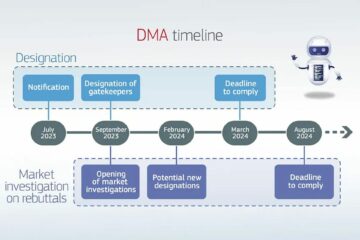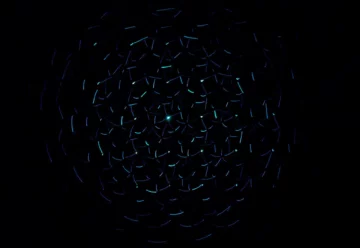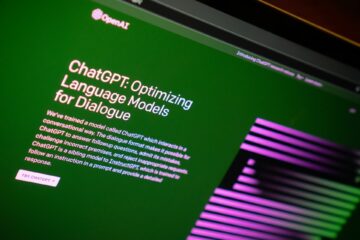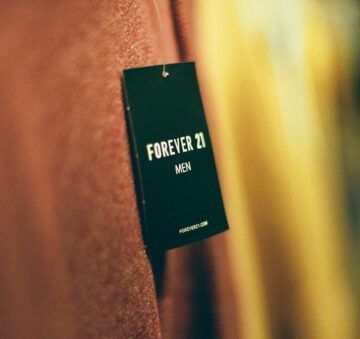ZERO10, a prominent player in the fashion industry’s virtual try-on (VTO) space, has introduced its novel Multi-Task ML model. This development, mirroring concepts used by industry giants like Tesla, has the potential to transform AI-powered solutions, specifically within real-time AR try-on experiences.
A fundamental challenge of VTO lies in achieving real-time processing without sacrificing visual quality. AR try-on for apparel and accessories requires complex machine learning (ML) tasks like 3D body tracking and multi-class segmentation, each demanding real-time execution.
With traditional sequential ML model processing, performance limitations have been a consistent problem. ZERO10’s Multi-Task ML model offers a solution.
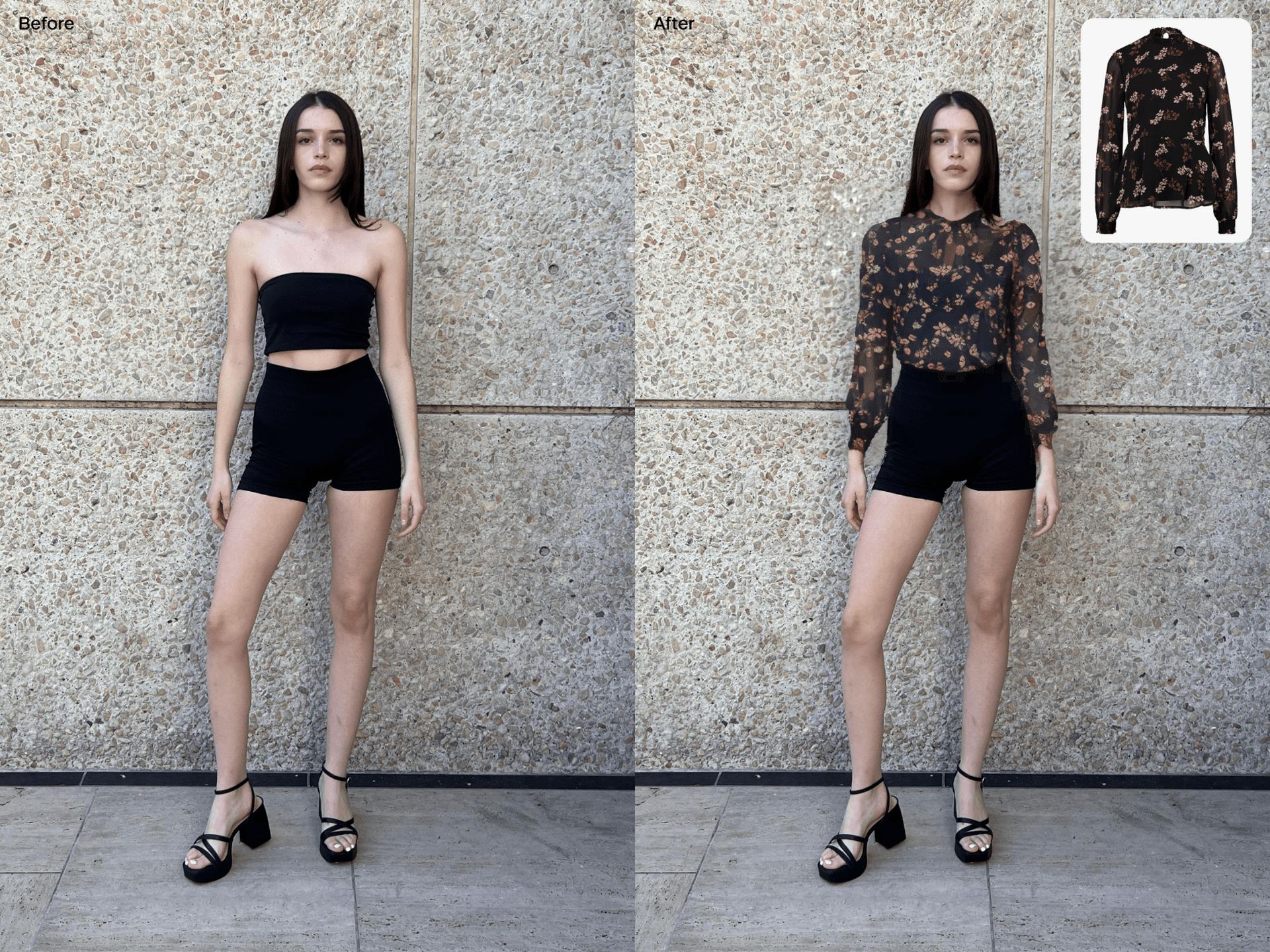
How does ZERO10’s VTO work?
The Multi-Task ML model can simultaneously predict outcomes for multiple machine learning tasks, boosting efficiency through shared components. Its key innovation is the shared “backbone” and task-specific “heads” structure common to many ML models.
The computationally heavy backbone can be universal, while the heads focus on individual tasks. This shared backbone, coupled with specific heads, drastically reduces resource requirements for new ML model integration, leading to increased efficiency.
Beyond streamlining ML engineering, the model showcased on Zero10’s tech page eases new model integration without major computational overheads. Its samplers support training across diverse datasets, allowing for optimization across devices.
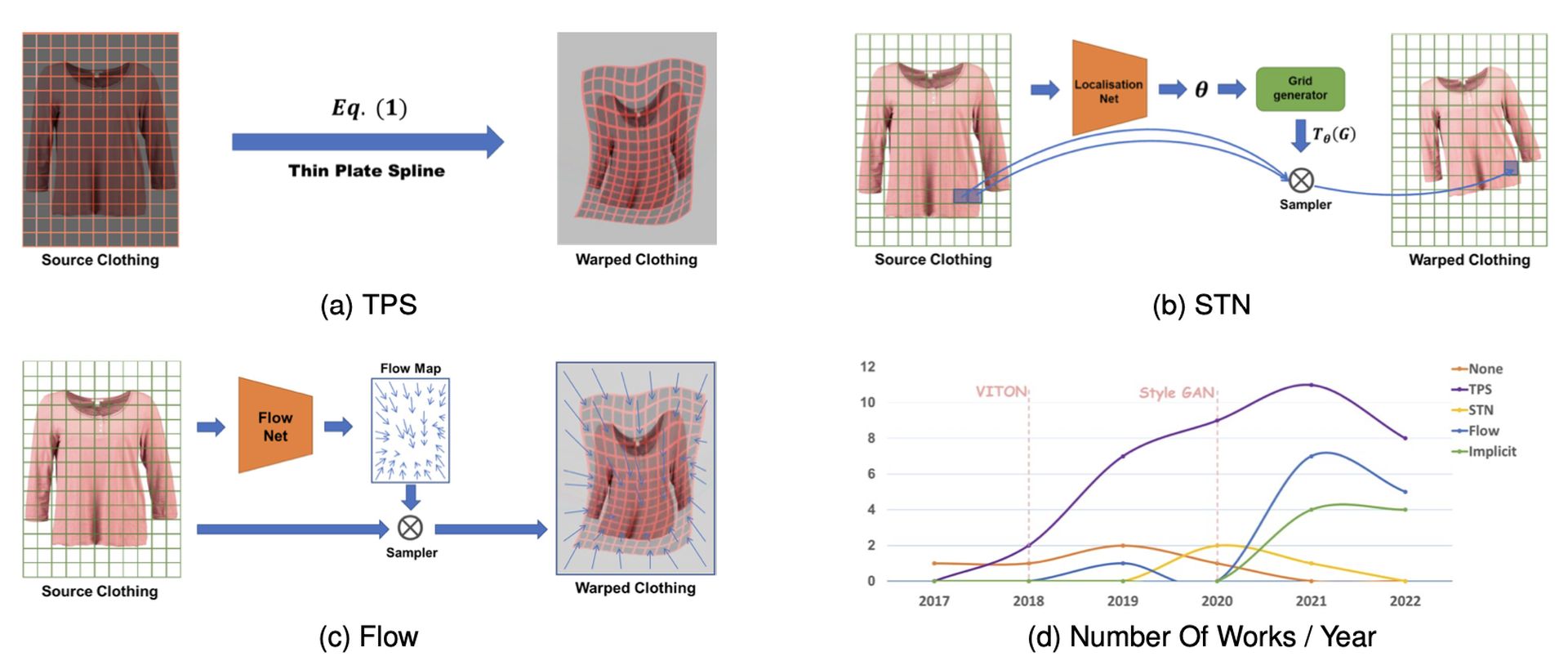
Improved frames, improved experiences
Previously, sequential models couldn’t process videos at 30 frames per second (FPS) on devices like the iPhone 12 without overheating. This meant running 3D Body Tracking at 30FPS and Multi-Class Segmentation at half that, causing visible compromises.
Further model additions worsened the issue. The Multi-Task ML model overcomes this, processing real-time video at 30FPS without overheating, preserving quality.
AI and machine learning’s impact on startups
ZERO10’s Multi-Task ML model promises superior virtual try-on technology. It significantly boosts efficiency, powers better real-time performance, and paves the way for future innovations. Now requiring 2-3 times fewer computational resources.
AR technologies in vogue
The introduction of ZERO10’s Multi-Task ML model aligns with a broader surge of interest and investment in augmented reality (AR) and virtual reality (VR) technologies. Market forecasts indicate substantial growth in the coming years, fueled by advancements in hardware, software, and real-world applications.
AR and VR are transforming various industries:
- Retail: Virtual try-on solutions like ZERO10’s are reducing returns and boosting customer engagement for fashion brands
- Entertainment: Immersive gaming experiences continue to push the boundaries of interactive entertainment
- Training and education: AR/VR simulations offer safe, controlled environments for skill development in fields ranging from healthcare to industrial operations
- Healthcare: VR is used in patient therapy and surgical planning, while AR assists in diagnostics and visualization
This upward trend demonstrates the increasing recognition of AR/VR’s potential to enhance experiences, streamline processes, and open new avenues for innovation. The recent release of Apple’s Vision Pro headset further accelerates this momentum. The device’s high-precision displays, spatial audio, and advanced sensor technology promise to unlock next-generation AR/VR experiences across the sectors mentioned before.
The Vision Pro’s potential impact extends to fostering a thriving startup ecosystem. Its cutting-edge capabilities inspire developers to create innovative applications. The device’s focus on seamless AR/VR integration could make these technologies more accessible, lowering the barrier to entry for new businesses and opening up untapped markets.
ZERO10 stands out as a prime example of a company spearheading innovation in this space. Their virtual try-on technology demonstrates the unique and transformative applications possible within the AR/VR landscape. It’s exciting to anticipate the diverse and novel solutions that will emerge as these technologies continue to evolve.
Featured image credit: vecstock/Freepik.
- SEO Powered Content & PR Distribution. Get Amplified Today.
- PlatoData.Network Vertical Generative Ai. Empower Yourself. Access Here.
- PlatoAiStream. Web3 Intelligence. Knowledge Amplified. Access Here.
- PlatoESG. Carbon, CleanTech, Energy, Environment, Solar, Waste Management. Access Here.
- PlatoHealth. Biotech and Clinical Trials Intelligence. Access Here.
- Source: https://dataconomy.com/2024/02/20/zero10-ar-try-on-multi-task-ml-model/
- :has
- :is
- $UP
- 1
- 12
- 2%
- 30
- 3d
- 820
- a
- accelerates
- accessible
- accessories
- achieving
- across
- additions
- advanced
- advancements
- AI-powered
- Aligns
- Allowing
- and
- anticipate
- apparel
- applications
- AR
- AR/VR
- ARE
- AS
- assists
- At
- audio
- augmented
- Augmented Reality
- augmented reality (ar)
- avenues
- Backbone
- barrier
- BE
- been
- before
- Better
- body
- Body Tracking
- boosting
- boosts
- boundaries
- broader
- businesses
- by
- CAN
- capabilities
- causing
- challenge
- coming
- coming years
- Common
- company
- complex
- components
- computational
- computationally
- concepts
- consistent
- continue
- controlled
- could
- coupled
- create
- customer
- Customer Engagement
- cutting-edge
- datasets
- demanding
- demonstrates
- developers
- Development
- Devices
- Diagnostics
- displays
- diverse
- does
- drastically
- each
- Eases
- ecosystem
- efficiency
- emerge
- engagement
- Engineering
- enhance
- entry
- environments
- evolve
- example
- exciting
- execution
- Experiences
- extends
- Fashion
- fewer
- Fields
- Focus
- For
- forecasts
- fostering
- fps
- from
- fueled
- fundamental
- further
- future
- gaming
- giants
- Growth
- Half
- Hardware
- Have
- heads
- healthcare
- heavy
- High
- HTTPS
- image
- immersive
- Impact
- improved
- in
- increased
- increasing
- indicate
- individual
- industrial
- industries
- industry
- industry’s
- Innovation
- innovations
- innovative
- inspire
- integration
- interactive
- interest
- introduced
- Introduction
- investment
- iPhone
- issue
- IT
- ITS
- jpg
- Key
- landscape
- leading
- learning
- leverages
- lies
- like
- limitations
- lowering
- machine
- machine learning
- major
- make
- many
- Market
- Markets
- max-width
- meant
- mentioned
- mirroring
- ML
- model
- models
- Momentum
- more
- multiple
- New
- next-generation
- novel
- now
- of
- offer
- Offers
- on
- open
- opening
- optimization
- out
- outcomes
- patient
- paves
- per
- performance
- planning
- plato
- Plato Data Intelligence
- PlatoData
- player
- possible
- potential
- predict
- preserving
- Prime
- Pro
- Problem
- process
- processes
- processing
- prominent
- promise
- promises
- provides
- Push
- quality
- ranging
- real world
- real-time
- Reality
- recent
- recognition
- reduces
- reducing
- Requirements
- requires
- resource
- Resources
- returns
- running
- s
- sacrificing
- safe
- seamless
- Second
- Sectors
- segmentation
- shared
- showcased
- significantly
- similar
- simulations
- simultaneously
- skill
- Software
- solution
- Solutions
- Space
- Spatial
- spearheading
- specific
- specifically
- Spot
- stands
- startup
- startup ecosystem
- streamline
- streamlining
- structure
- substantial
- superior
- support
- surge
- surgical
- tasks
- tech
- Technologies
- Technology
- Tesla
- that
- The
- their
- therapy
- These
- this
- those
- thriving
- Through
- times
- to
- Tracking
- traditional
- Training
- Transform
- transformative
- transforming
- Trend
- try-on
- unique
- Universal
- unlock
- untapped
- upward
- used
- various
- Video
- Videos
- Virtual
- Virtual reality
- visible
- vision
- visual
- vr
- Way..
- while
- will
- with
- within
- without
- Work
- years
- zephyrnet


